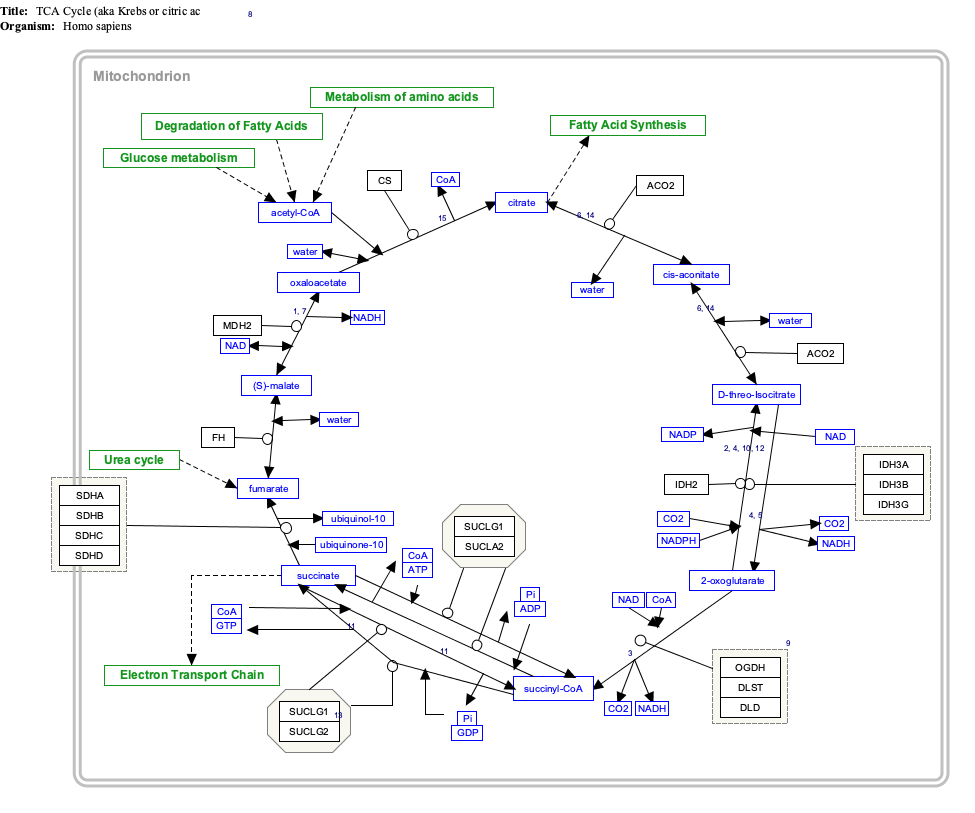Lemon Is Rich In Vitamin C
Style
Get Your Glow On With These 5 Skin-Protecting Vitamin C Creams

Bustle/Amazon
Vitamin C: Not just for treating scurvy anymore. "Vitamin C is essential for good skin health," NYC-based dermatologist Dr. Kenneth Howe tells Bustle. "It's the most abundant and important antioxidant in our skin." As an antioxidant, vitamin C protects your skin from environmental aggressors like the sun, pollution, and smoke; and, according to Dr. Howe, an overabundance of those free radicals can result in collagen depletion, hyperpigmentation, and even skin cancer. It follows, then, that infusing your skin with vitamin C can result in a glowier, clearer complexion, so you'll want to get your topical vitamin C wherever you can. The best vitamin C creams are a good place to start.
Vitamin C is especially valuable for providing a deeper layer of sun protection that SPF can't quite reach. "Even the most diligent sunscreen applier will still have some UV rays penetrate the skin — sunscreens are screens, after all; they block the transmission of only a given percentage of incident UV radiation," Dr. Howe says. "Some of it still gets through. And that's where antioxidants like vitamin C come in. Antioxidants snuff out the damage that UV rays cause by quenching free radicals present in the skin." That said, this is not a reason to skimp on the face sunscreen you're already wearing every day (right?).
Dr. Howe recommends applying vitamin C products in the morning; that way, you're providing your skin with a fresh supply of the antioxidant's protective powers. And because they're typically used during the day, lots of vitamin C creams include other ingredients that brighten, smooth, hydrate, and otherwise benefit your skin.
Ahead, you'll find five of the best vitamin C creams for all manner of budgets and skin types. Put them on in the morning for luminous skin all day long, then drink a glass of orange juice so your teeth don't fall out.
We only recommend products we love and that we think you will, too. We may receive a portion of sales from products purchased from this article, which was written by our Commerce team.
1
The Overall Best Vitamin C Cream
There's no way to sugarcoat it: At $65, this Image Skincare Vital C Hydrating Intense Moisturizer is expensive. But if it's any consolation, this is my favorite daytime moisturizer of all time. Some of the main ingredients in here are water, glycerin, hyaluronic acid, and shea butter, which all work together to pull and seal moisture into your skin. It leaves my combination skin feeling soft, bouncy, and not at all greasy. I also like its bright citrusy scent, courtesy of antioxidant-rich orange peel extract. If you like this moisturizer, check out the rest of Image's vitamin c-centric Vital C line. I'm partial to their Vital C Hydrating Enzyme Masque, which I use weekly for some gentle resurfacing.
2
The Best (Affordable) Vitamin C Cream With SPF
As Dr. Howe mentioned, vitamin C creams are best used during the day so the antioxidants can help stave off environmental aggressors you may encounter out in the world — and, in the skin-care lexicon, "daytime" means "you also need to be wearing SPF." This Neutrogena Rapid Tone Repair Moisturizer With Sunscreen has that, and so many other things, covered. The ingredients are basically a greatest-hits list of everything you need for luminous, even, and sun-protected skin. Retinol SA, a gentle form of retinol infused with hyaluronic acid, gives your skin the smoothing and resurfacing effects retinol is beloved for, without the dryness and irritation it's demonized for. Then there's straight-up hyaluronic acid for hydrating and plumping, vitamin C for brightening and protecting, and broad spectrum SPF 30 for staving off UVA/UVB rays. Even better: This one-size-fits-all AM moisturizer costs just about $18 on Amazon.
3
The Best Eye Cream With Vitamin C
Boosting collagen production, reducing hyperpigmentation, generally enlivening tired, sallow skin: These are a few of my favorite things about vitamin C creams, and they are, almost always, the things your under-eyes could use more of. Along with that hero ingredient, this moisturizing (but non-greasy) Redermic C Pure Vitamin C Eye Cream from La Roche-Posay contains lots of botanical oils and a healthy dose of hyaluronic acid, the other, unofficial hero ingredient on this list. Neurosensine, a naturally occurring dipeptide, and the brand's signature thermal water are also included in the formula to reduce redness and provide a much-needed cooling effect. Use this one during the day, and La Roche-Posay's Redermic R Retinol Eye Cream at night if you take your depuffing regimen seriously.
4
A Great Mid-Range Vitamin C Gel-Cream
The Body Shop's Vitamin C Glow Boosting Moisturiser has a refreshing, cooling gel texture, which makes this an especially good choice if you have oily skin and find traditional creams too heavy or greasy. Along with vitamin C derived from Amazonian camu camu berries, this one contains soothing aloe vera and conditioning vitamin E and sesame seed oil. It's a zingy little pick-me-up for your skin in the morning, and it'll provide a soft, dewy canvas for your makeup. Just let the gel sink in and dry for a few minutes before you do that.
5
Another Luxurious Vitamin C Cream To Consider
The C.E.O. Vitamin C Rich Hydration Cream from Sunday Riley sets itself apart from others like it for its extra-special ingredients, which are both botanically and scientifically derived. Lime pearl extract, a natural source of AHAs, gently sloughs away the layer of dead cells on top of your skin so the cream's 5% vitamin C can absorb more thoroughly. Meanwhile, turmeric and exopolysaccharides provide more targeted protection from environmental pollution. (The latter is particularly effective for staving off the pollution particles found in smog.) Otherwise, the texture, slip, and orangey scent are similar to the Image moisturizer, so go for this one if you're very exposed to pollution (hi, fellow New Yorkers!), or if you're in the cult of Sunday Riley.
Experts:
Dr. Kenneth Howe, board-certified dermatologist practicing at Wexler Dermatology.
Source: https://www.bustle.com/p/the-5-best-vitamin-c-creams-22584922







 Professor Lisa Stamp is a Rheumatologist at the University of Otago, Christchurch and Christchurch Hospital.
Professor Lisa Stamp is a Rheumatologist at the University of Otago, Christchurch and Christchurch Hospital.




